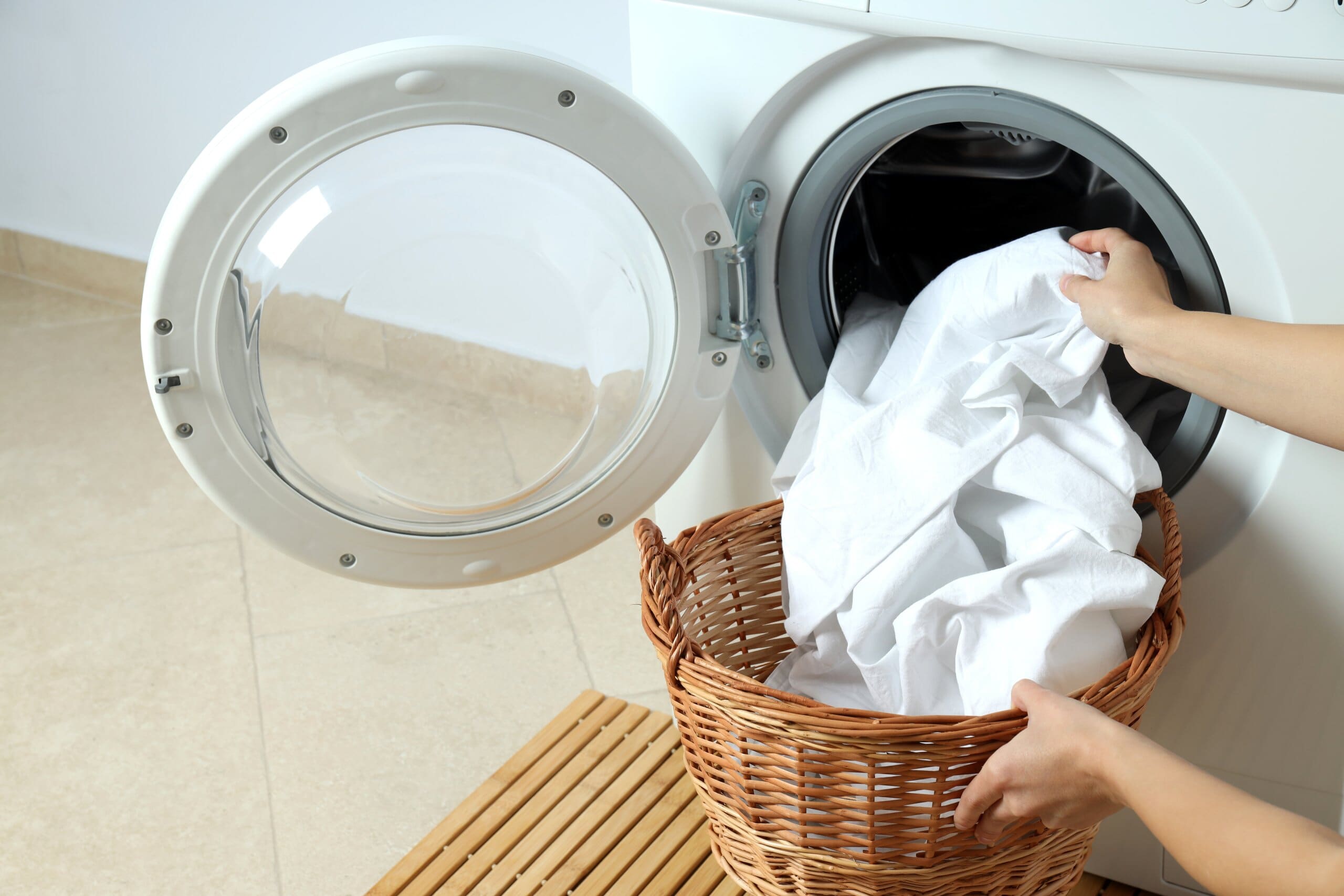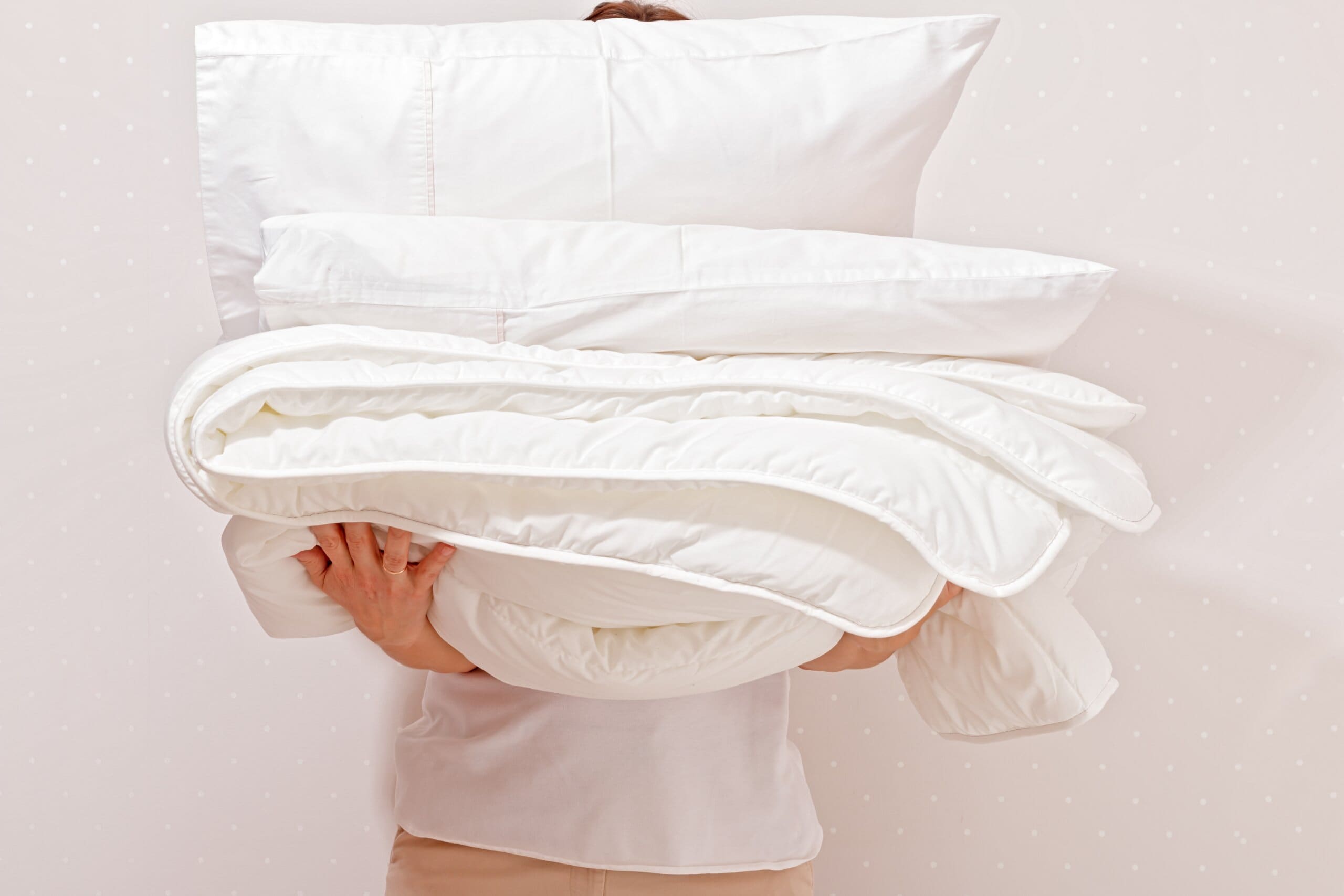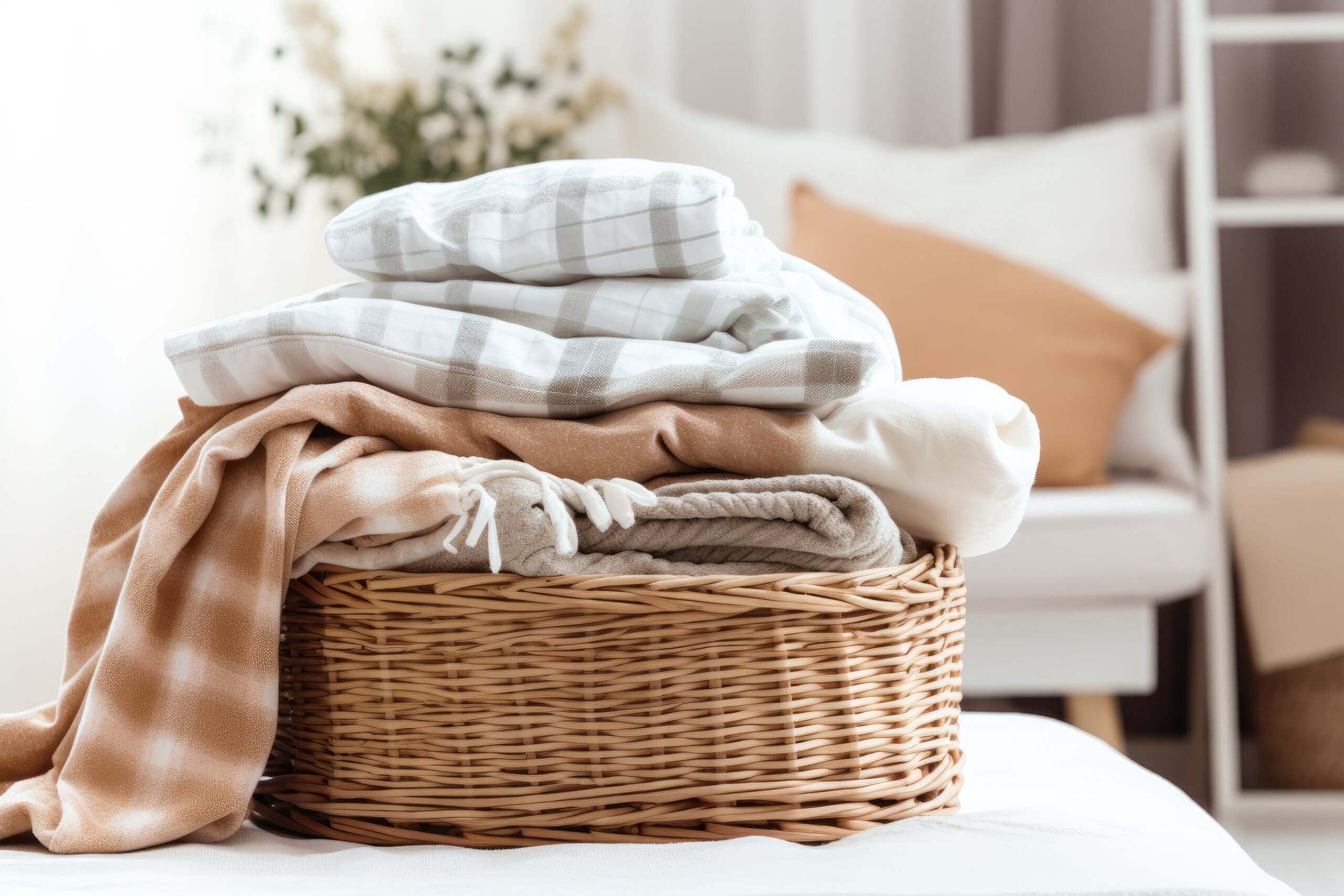How Often Should You Change Your Bedding?
Top tips on how often to change your bedding and bed sheets, from pillowcases to your actual duvet.
The age-old discussion of how often you should change your sheets has many people debating the right way to do it. Some say it's once a week, while others insist it's okay to change your bedding once a month. The important thing is keeping your sleeping environment clean and fresh to promote a healthier night's sleep, but there are actually a few factors that come into how often you should wash and change your bedding.
Thankfully, our Sleep Experts gathered together to answer your questions around how often you should change your bedding, from your pillowcases and duvet covers, to the actual pillows and duvet themselves, plus mattress protectors, toppers... we hope your washing machine is ready!

You should change your bed sheets once a week
We recommend stripping your bed once a week, changing your bed sheets and pillowcases for a fresh set every 7 days. This might seem like a lot of washing to be getting through, but given that, on average, we sweat around 25 milliletres per hour of sleep, your bedding can quickly become a feeding ground for bacteria.
It's important that you change your duvet cover and bed sheets once a week to avoid dust mites making home in your bed - they love moisture and warmth, which your unwashed bedding will give them in abundance.
Some people argue that you only need to change your bed sheets once a month, which might be okay if you don't sleep in your bed every night. However, if you sleep next to a partner, or especially if you share your bed with your dog, the bacteria and dirt build-up in your bed will happen quickly, requiring more frequent washing.
Why should you change your sheets once a week?
The time of year also has a bearing on how often you wash your bed sheets. During the summer, you may find that you sweat much more than in the winter months. If your sheets feel damp and ‘clammy’ after a night’s sleep, it’s well worth putting them through a wash and dry so that they’re fresh for the next night.
If you sweat in your sleep a lot or are suffering from hot flushes due to the menopause, popping on fresh, crisp sheets will make you feel miles better. Plus, washing your bed sheets once a week can help you sleep better with allergies, ridding your sheets of dust and dead skin that can trigger an allergic reaction.

Duvets should be washed twice a year
These days, it’s common to have ‘summer’ and ‘winter’ duvets of different tog ratings so that you can swap between them as the seasons change in temperature. The changeover between the two is the perfect opportunity to pop your duvet in the washing machine before putting it away. However, if you don’t change duvets and use the same one all year round, it’s still best to wash it every six months or so.
Top tip: As duvets can be large, you may need to take them to a commercial laundry or laundrette. They may be too big to squeeze into your home washing machine.
How often should you replace your duvet?
Usually, a good shake is all that’s needed to fluff up the fibres (or down if you’ve gone for a natural filling) in a duvet. However, if your duvet resolutely stays flat and is starting to look stained and lumpy, it’s time for a new one.
Good quality duvets are readily available these days, and you have plenty of choices on offer from some top names. Our guide on how to choose the right duvet can help you decide which type suits your needs best.
Pillows need to be washed every three months
Pillows are easily popped in the washing machine every three months to keep them fresh and hygienic. Sweat and oils from our face can quickly cause bacteria to buildup on our pillowcases, which easily seep through into the pillow itself.
Because our pillows are in such close proximity to our airways, it's important to keep them as clean as possible to prevent triggering allergies or causing acne breakouts. Sleep is great for our skin, but not if you have a dirty pillow!
When should you replace your pillows?
We recommend replacing your pillow every one to two years. Depending on how many pillows you sleep with, it's likely that they'll start to lose their bounce by the one year mark, becoming flat and unsupportive. A supportive pillow is key for the best sleeping posture, so it's important that you replace your pillows at least every two years to ensure you are kept in the best position possible during the night. If you're waking up with neck aches and pains, it's likely time to change your pillows.
You should replace memory foam pillows once a year as their denser structure doesn't allow for as much airflow as pillows filled with microfibre or feathers, allowing moisture to build up faster.
Mattress protectors and toppers should be cleaned every two months
Mattress protectors are an excellent way of keeping your sleeping environment fresh and clean, and waterproof protectors are an especially beneficial addition to a kids' mattress.
You should wash your mattress protector every two months, so long as you haven't had any accidents or spills that require a more frequent clean. That being said, you might want to up this to washing it every month in the summer when you sweat more at night.
Mattress toppers are generally in the same proximity to your body as a mattress protector, so they should also be washed every two months.
When should you replace your mattress protector or topper?
A good quality mattress protector can last up to two years or more if looked after properly. Once it gets to the point where stains won't budge and their elastic edges aren't as stretchy, it's time to replace it. As mattress protectors are very affordable, and help your mattress last longer, they're a worthwhile investment.
You should consider buying a new mattress topper when your old one begins to lose its comfort level and become lumpy, or if it's a memory foam mattress topper, when it becomes flat or compressed.

Keeping your bed clean
By following our advice and washing and changing your bedding regularly, you can keep your sleeping environment as hygienic as possible, even preventing bed bugs in your mattress. For more tips on keeping your bed fresh, read our guides on how to clean your mattress, or how to clean a memory foam mattress.
Once you've loaded your washing machine up, read our guide to drying bed sheets indoors, or browse our range of bedding products if you're in need of some replacements to your bed set-up.







